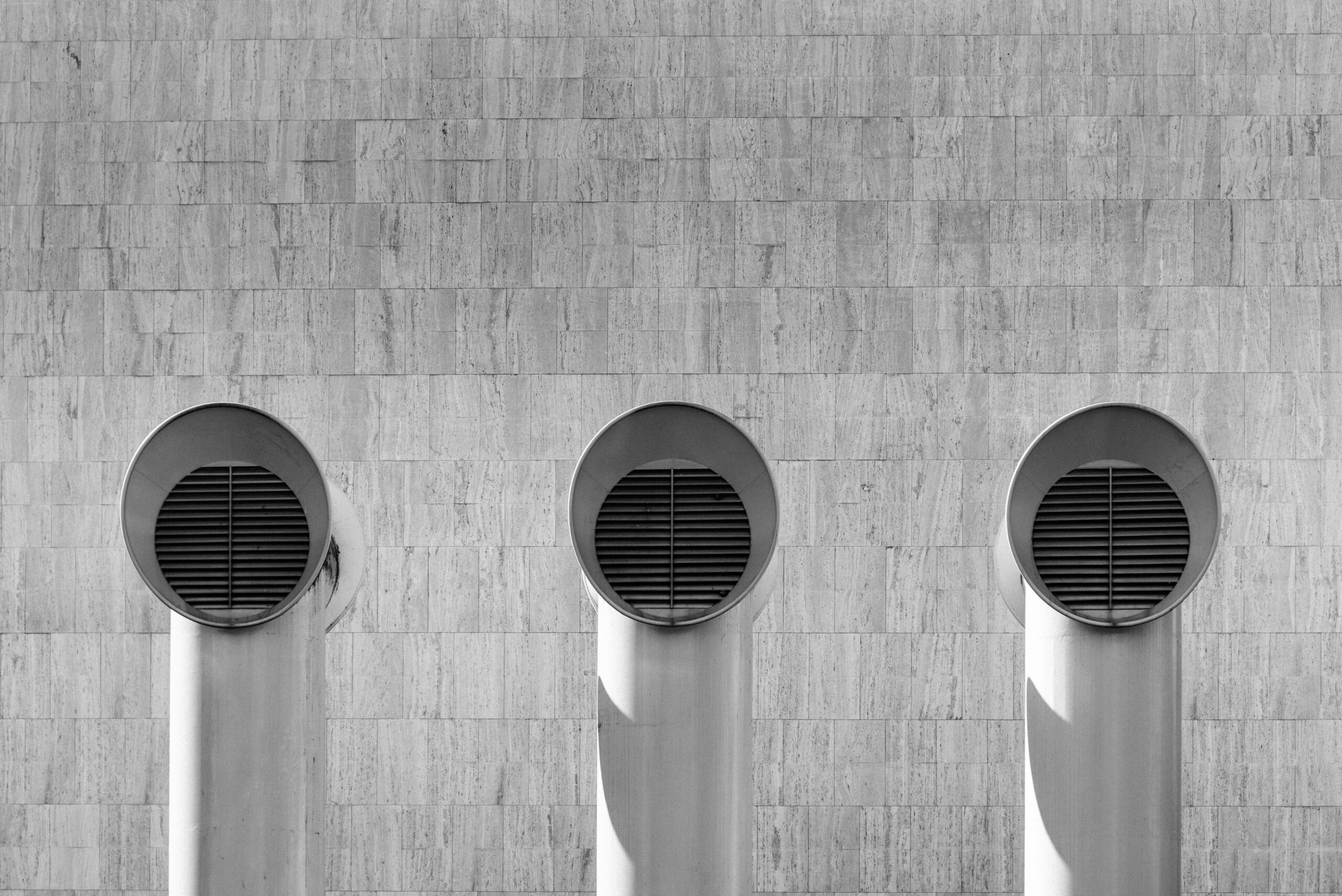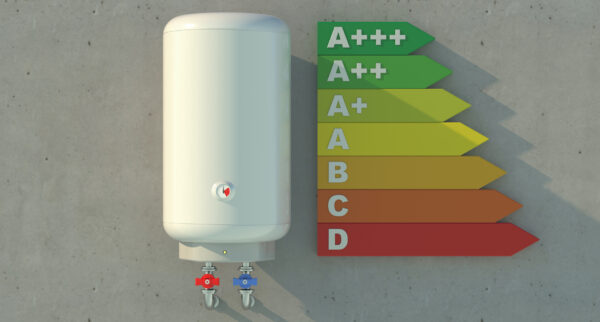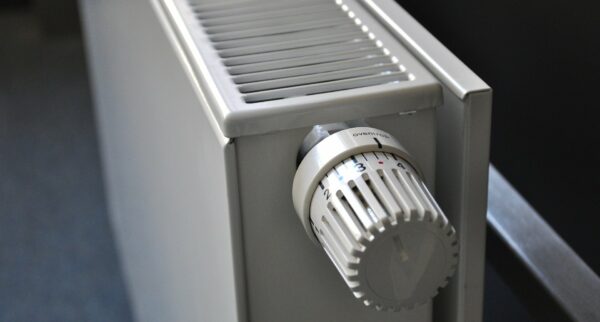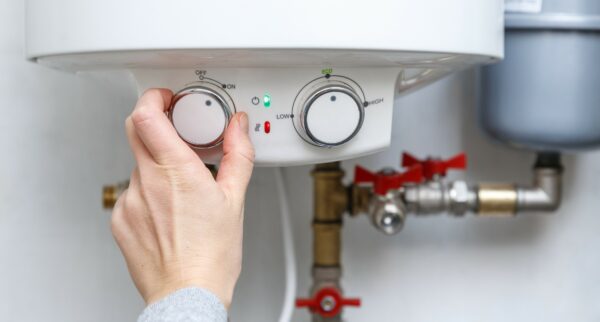Call us today 0207 32 32 999
Written By: JustBoilers.com Experts | Last Updated: October 2021
Does your boiler need room to breathe? Understanding boiler ventilation requirements can bring you peace of mind as well as some added safety.
Boilers get hot, and all things that get hot need a lot of airflow, right? Well, depending on the boiler you have in your home, you may not need to worry about boiler ventilation at all. (Although you’ll still want to ensure it’s accessible to boiler engineers.)
In this post, we’ll look at the types of boilers usually found in British homes and what they need in terms of space and ventilation.
Ventilation or Circulation?
First, let’s explain the difference between ventilation and circulation. Ventilation refers to the air your boiler needs to burn fuel. Circulation refers to the space around your boiler. There are safety regulations and manufacturer recommendations dealing with where boilers and flues are installed and how much empty space should be left between them and other objects.
Remember, boilers get hot. It’s not a good idea to store things right up against them. If you choose to keep items in the same area as your boiler, make sure they’re heat- and moisture-resistant, non-flammable, and a good distance away from the boiler itself.
Types of Boilers
Although there are several boiler classifications, when we’re talking about ventilation only two things matter: whether the boiler is condensing or non-condensing. For more about condensing boilers, see our guide to boiler efficiency.
How can you tell if you have a condensing or non-condensing boiler? One hint is its age: if your boiler was made in the early 2000s or later, it’s probably a condensing boiler. Since April 1, 2005, all new gas installed in homes were legally required to be high-efficiency condensing models. Oil boilers followed suit in 2007. (However, there are some exceptions to this rule, as when an older house’s plumbing cannot handle the higher pressure of a newer boiler.) As a rule, all newer boilers – system, conventional, or combi – are condensing boilers.
A bigger clue as to the type of boiler you have is the type of flue it has. A balanced flue has two tubes: one for air intake (brings fresh air into the boiler) and one that acts like a traditional flue (carries fumes and exhaust away from the boiler). Older boilers have traditional, exhaust-only flues and do need an outside source of air to work. This air source is the room where the boiler is installed; in that case, you do need to ensure adequate ventilation.
Another term you might hear is room-sealed boilers. This simply means the boiler draws its air intake from the outside, via a balanced flue, rather than from the air in the room.
If you have any doubts, the best way to be sure what kind of boiler you have is to check with your local Gas Safe engineer.
Boiler Ventilation Requirements
Just to make things clear, let’s break down the ventilation requirements for each common boiler type.
Combi Boilers
Combi boilers are the smallest and most efficient kind of boiler. They don’t have a water tank; instead, they heat water directly from the mains. This makes them quite space-efficient; you might find them in a cupboard or closet, or maybe under a sink. To learn more, see our previous post on combi boilers.
How are combi boilers ventilated? Combi boilers are condensed/sealed-room boilers; they do not need additional ventilation.
System Boilers
System boilers are designed for larger homes. They keep a supply of hot water at the ready and thus require a storage tank, so they’re less likely to be sharing your living space.
How are system boilers ventilated? If your boiler was installed after 2005 (gas) or 2007 (oil), it’s a condensing boiler and does not need ventilation. However, make sure you do give it plenty of room for air circulation.
Conventional/Heat-Only Boilers
Conventional or heat-only boilers include the boiler, a hot water storage tank, and a cold-water storage tank; this definitely isn’t going under the kitchen sink.
How are conventional boilers ventilated? The same answer as above: If the boiler was made after 2005 (gas) or 2007 (oil), it’s a condensing boiler and does not need ventilation. Even so, make sure nothing is too close to the tanks or the other parts of the boiler.
Boiler Cupboard Ventilation Requirements
If you have a boiler that’s small enough to fit in its own cupboard or closet, are there space requirements you need to be aware of? Indeed there are:
- There should be adequate space to perform maintenance work on the boiler itself.
- Building regulations also specify a certain amount of space between the top and bottom of the cupboard and the boiler; this may mean the cupboard has no top or bottom boards.
- If there’s a door, it should be openable and allow enough space for maintenance and repair.
- Additional specifications might be listed in the boiler manufacturer’s instructions.
Boilers are generally very safe, but making a mistake with boiler ventilation can be serious. If you’re ever concerned about the health of your boiler or the safety of its setup, contact JustBoilers. Our Gas Safe engineers can assess the condition of your boiler, repair potential problems, or recommend a new system to meet your needs. You can call us at 0207 32 32 999 for a same-day visit, or contact us for more information.





